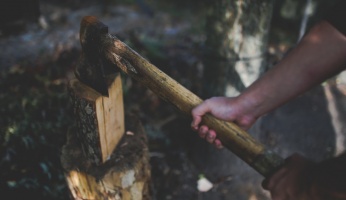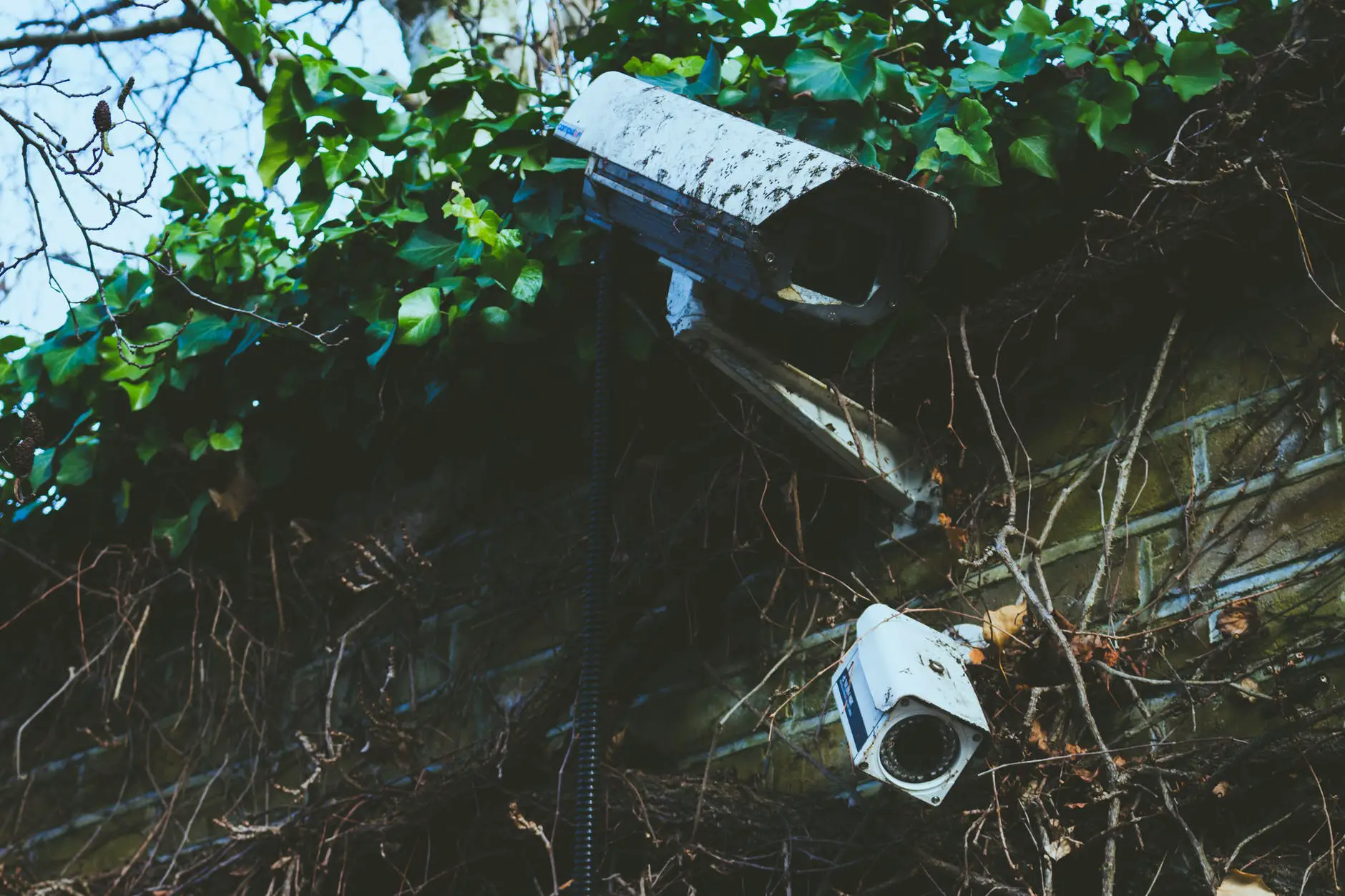DIY Wasp Traps You Can Make At Home
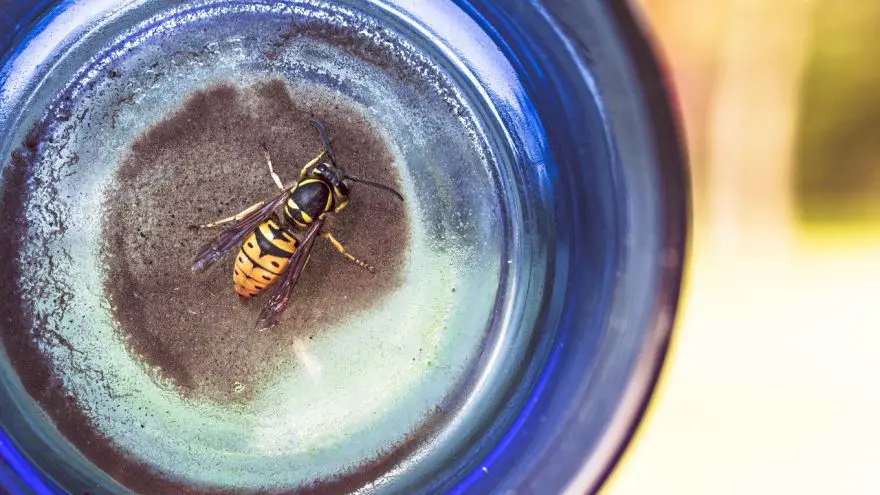 DIY Wasp Traps You Can Make At Home
thegearhunt.com
DIY Wasp Traps You Can Make At Home
thegearhunt.com
The days when all you could do was hope for the best when it came to getting rid of wasps on your property or call in the professionals to take care of them for you, seems to be a thing of the past. In recent years, DIY wasp traps that you can make at home have become extremely popular. Many people report that a homemade wasp trap is extremely effective when it comes to removing wasps from your property effectively and safely.
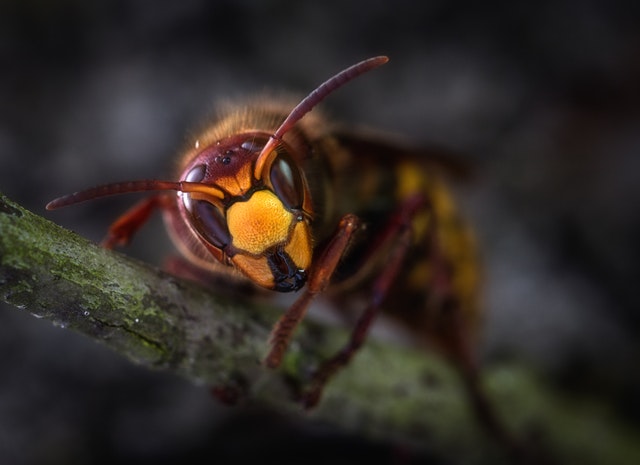 The thing to remember is that wasps will attack in mass if they are disturbed and that their stings can be not only painful but deadly to some people. One of the first things you should know is how to survive a wasp attack should you be attacked. In this blog, we will discuss some DIY wasp traps you can make at home, plus some safety tips, and how to remove a wasps nests from your property safely and in an effective manner.
The thing to remember is that wasps will attack in mass if they are disturbed and that their stings can be not only painful but deadly to some people. One of the first things you should know is how to survive a wasp attack should you be attacked. In this blog, we will discuss some DIY wasp traps you can make at home, plus some safety tips, and how to remove a wasps nests from your property safely and in an effective manner.
While wasps are essential to the environment and to the existence of the earth, that doesn’t mean that you want a nest of them hanging around your property. They will build nests under the eaves of your home, on the side of your house, and even closer to your outdoor furniture. If you are stung by one or try to swat at one close to the nest, they will swarm and attack you. It’s almost impossible to get rid of one without being stung and will get you to the point where you would almost prefer getting rid of the furniture or selling the house to trying to get rid of your wasp invasion. Before you decide to sell the house, try a few of these DIY wasp traps you can make at home on for size. If they fail, then you can call in the professionals or sell the house, the choice is yours.
Soda Bottle Wasp Trap
This is one of the most simple wasp traps you can make at home. All you need is a two-liter soda bottle, a permanent marker, a sharp knife, and a piece of wire. How much simpler can it be? It’s simple to cut off the neck of the bottle, wire the bottle up, and then bait it to catch the wasps. It’s best to use a small amount of meat or even a small amount of hamburger if it’s the spring of the year, or in the summer, you can use a sticky, sweet liquid, which attracts wasp quickly and effectively. No matter, where you see the wasps, use this simple method and your yard will be wasp free in no time at all.
Jug Wasp Trap
Who would ever think that you could use a milk jug to make a wasp trap? You need packing tape, hot water, a razor, sugar, a hole punch, and a spoon. It’s easy to make and you can add any sweet, sticky item to the inside of the jug to draw the wasps and trap them inside.
Mineral Water Bottle Wasp Trap
Did you know that you can take some PVC pipe and a mineral water bottle and make an effective wasp trap? Me either, but you can. For this, you will need a water bottle and some PVC plumbing pipe. You can make this wasp trap in a few minutes, add a sticky substance and the wasps will be drawn to it like flies. Remember to be careful when handling any type of wasp trap, however, as you never know when one could sting you, and if you are allergic in any way, it could end with a trip to the emergency room that you don’t want to take.
Bait Idea for a Homemade Wasp Trap
Now that you have your homemade wasp traps ready to go, there are a few different bait ideas you can use to fill them and attract the wasps as well. Those ideas are listed below.

Just like the ants that plague your picnics in the summer months, wasps are looking for two different substances, those are of the protein and sugar variety. Your best bet is to set out two different traps with different baits in them to see which ones your particular wasps are the fondest of. Choose from the list below for the best results.
- Jelly or jam dissolved in water
- Sweet, sticky liquids like soda
- Beer
- Wine
- Fruit juices of any variety
- Maple syrup diluted by water
- Molasses with a little water mixed in
- Protein baits can include a little bit of hamburger or canned tuna
Now, that you know a few of the top homemade wasp traps out there, let’s move onto the types of wasp you truly have to look out for. Below you will find a few of the most aggressive wasps out there, so you know which ones to be aware of, when setting up your traps.
The Yellow Jacket
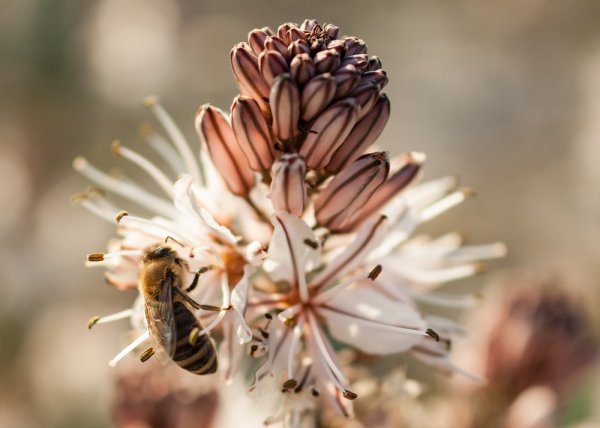 When you think of wasps, few people put the Yellow Jacket in that category for some reason. However, they are one of the most aggressive species of wasps there are. Mostly found in the last summer and early fall, these wasps are a real nuisance and a danger to children playing outside and during picnics. Yellow Jackets much like bees will fly into open cans of soda where you can’t see them, causing serious issues if you take a swallow and swallow one of them.
When you think of wasps, few people put the Yellow Jacket in that category for some reason. However, they are one of the most aggressive species of wasps there are. Mostly found in the last summer and early fall, these wasps are a real nuisance and a danger to children playing outside and during picnics. Yellow Jackets much like bees will fly into open cans of soda where you can’t see them, causing serious issues if you take a swallow and swallow one of them.
They are attracted to the sticky substance, so one of the homemade traps above is the perfect way to capture them and get them off your property. The Yellow Jacket is predatory and lives in colonies with over 4 to 5,0000 other Yellow Jackets, so please be careful when trying to remove them from your property. Their nests are usually found in out of the way places, such as shrubs, under the awnings of your home, and near your gutters on the roof. You can easily come upon a nest unexpected and be attacked if they think you are threatening their nest.
The Cicada Killer Wasp
This wasp is bigger than your average wasp and can grow to be two inches long. Though they aren’t usually aggressive, they can be when bothered, especially the males. This wasp is usually found in July and August in climates that are prone to being hot.
The Paper Wasp
Another of the more aggressive wasps that you will want to look out for when building and baiting your traps in the paper wasp. They grow up to over an inch long and are called paper wasp because they build their nests in chewed up pulpwood. They are most active in the summer, spring, and fall, so be on the lookout for these wasps during those times, and make sure you build one of the homemade traps above to rid your property of them right away.
Even when you set traps and know what type of wasps to look out for, it is possible that you could be attacked by wasps when checking those traps or running up on a nest that you don’t know is there. Even if you aren’t allergic to the stings, if enough of them attack you, then you can die from the amount of poison they inject with their stings. Read on below for a few tips to help you survive, should you be attacked by a swarm of wasps.
Run
The first thing you want to do is run like the devil if you see a swarm of wasps coming towards you. Don’t stop to help others along the way, unless, of course, they are children or the elderly. Keep running until you reach some type of shelter, whether it’s a building or a car, get inside.
Going Underwater Won’t Help
Many people feel that if you jump in the water and hold your breath underwater, the wasps will fly on off. This couldn’t be further from the truth. A swarm of angry wasps will wait until you surface and attack you when you do. You are even more vulnerable in the water, so just keep running until you find some sort of shelter to hide in.
Pull Your Shirt Over Your Head
When you begin running for shelter, pull your shirt over your head so that you can protect your eyes, nose, head, face, and mouth from being stung. It is much easier to overcome stings to the body than it is to the face and eyes.
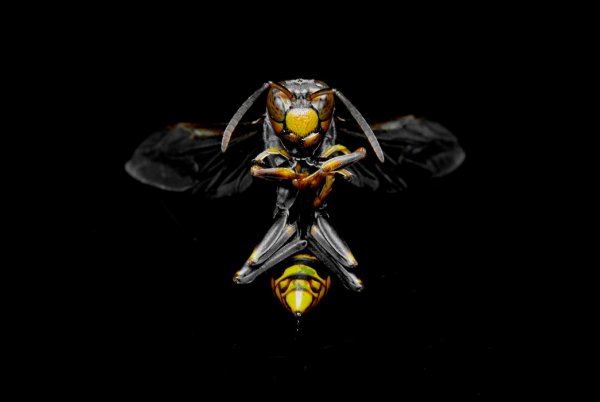
Never Swat at the Wasps
While it may be tempting, never, ever swat at the wasps as you run. The wasps put off a smell when they are crushed, which will attract more wasps. The movements of your arms swatting at the wasps around you will attract them even more as well.
Seek Medical Attention
Once you are in a safe place, make sure to call 911 to report the swarm. It is extremely important not to go back outside until the swarm is gone. It’s best not to try to remove the wasp’s nest yourself after this, as they will be on alert. Doctor your stings the best that you can, until you can get to the emergency room for care. It’s also important to remember that some wasps and bees can leave stingers behind that still release poison into their victims. Make sure that you get help as soon as possible, and remove the stinger as well.
When it comes to removing a wasp nest from your property, you want to be extremely careful. Although you have set up the homemade traps to catch the stray wasps, there is still a nest somewhere on your property. These nests can often be found in the following places:
- Attics
- Soffits
- Tree branches
- Porch ceilings
- Corners of windows
- Under porches and decks
- Inside of grills and hoses
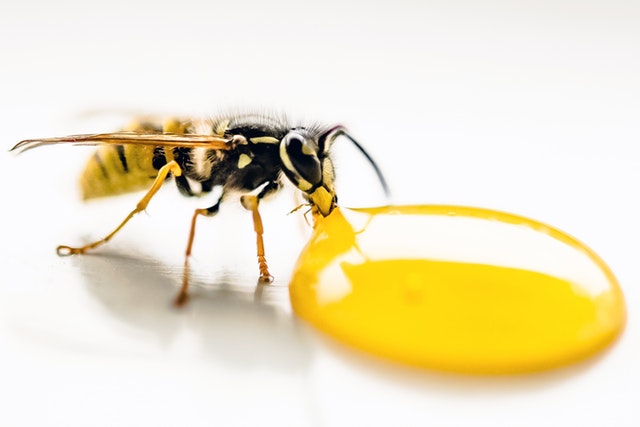 It’s important to remember that removing a wasp nest by yourself can lead to you being in the path of thousands of angry wasps intent on doing you harm. A wasp nest bases its survival on the queen of the nest, so if you decide that you want to knock the nest down or dismantle it in some way, you are going to have a fight on your hands, as the worker wasps try to protect their queen.
It’s important to remember that removing a wasp nest by yourself can lead to you being in the path of thousands of angry wasps intent on doing you harm. A wasp nest bases its survival on the queen of the nest, so if you decide that you want to knock the nest down or dismantle it in some way, you are going to have a fight on your hands, as the worker wasps try to protect their queen.
In reality, the best thing you can do is call in the professionals to take out the nest, because they are trained to deal with the wasps on a daily basis. The professionals can remove the nest safely and relocate it somewhere that the wasps can’t do any harm, while still protecting the wasps themselves. Remember, while they do sting and will attack if provoked, wasps are an important part of the environment and we can’t do without them. Make sure that you check all of the areas above for wasp nests during the spring, summer, and fall months of the year, especially if you have pets and children that are playing outside.
These are just a few of the DIY homemade traps you can make to catch the stray wasps in your yard. Remember, some wasps are more aggressive than others and you should take the proper steps to safety if you are attacked. Whether you’re at a picnic or in your own backyard, the last thing you want is wasps swarming around, threatening the fun. Use these DIY homemade wasp trap, then follow the tips given, and your spring, summer, and even your fall should be fun and wasp-free.
Sources
- Self Sufficient Living, 8 Homemade Wasp Traps to get Rid of Wasps
- Tip Nut, Get Rid of Wasps: Tricks and Tips
- Lifehacker, How to Survive a Wasp Attack






